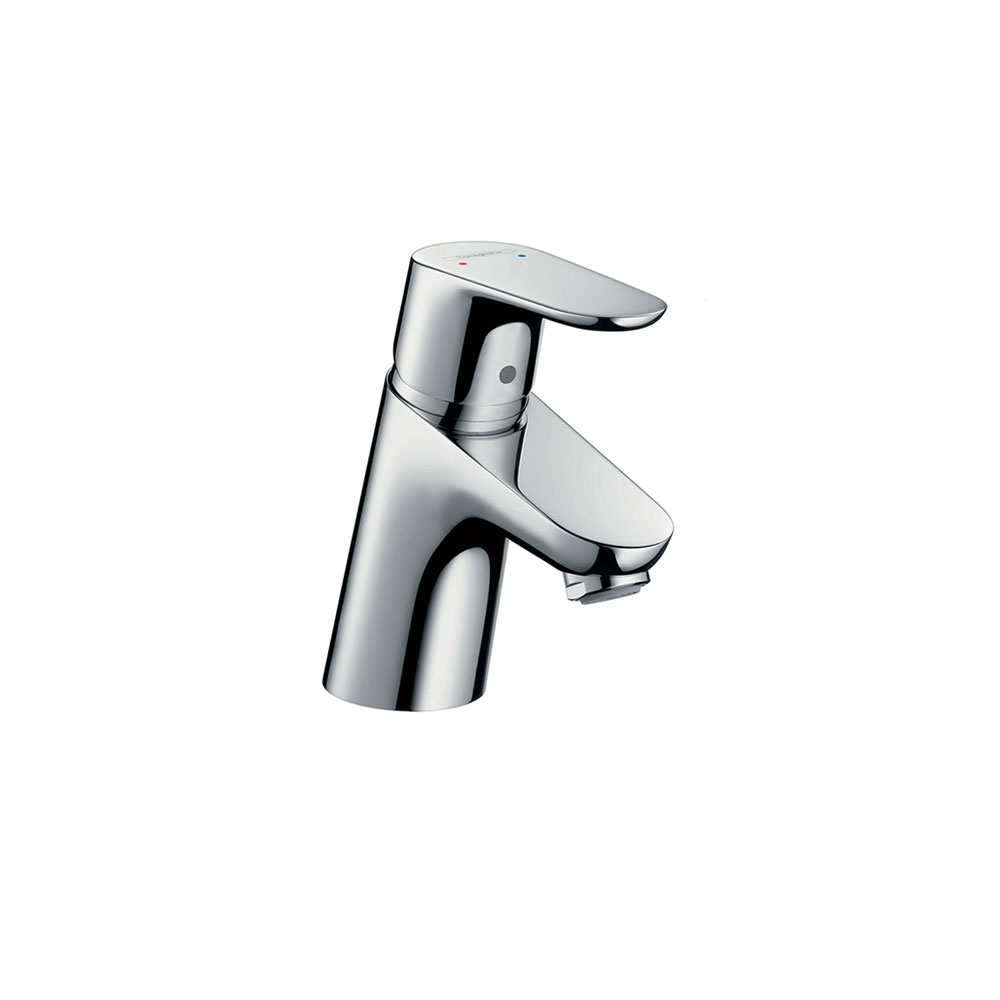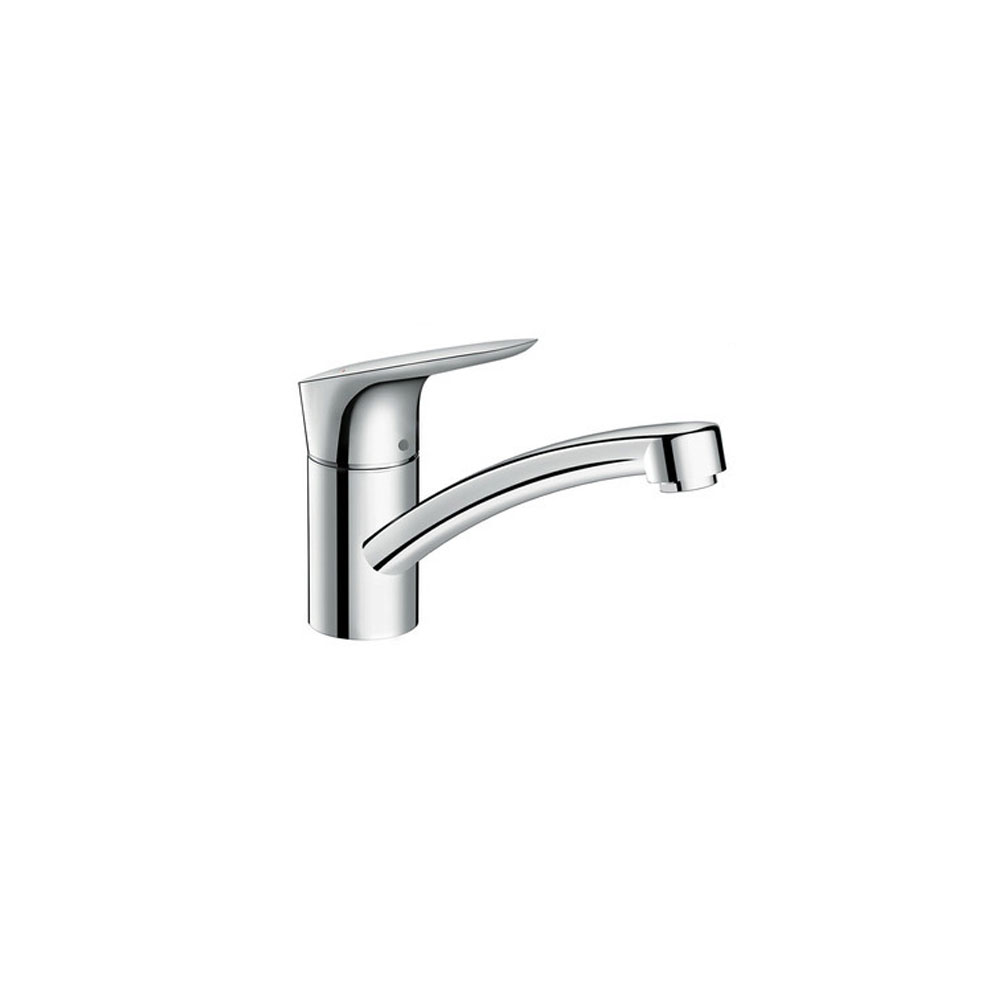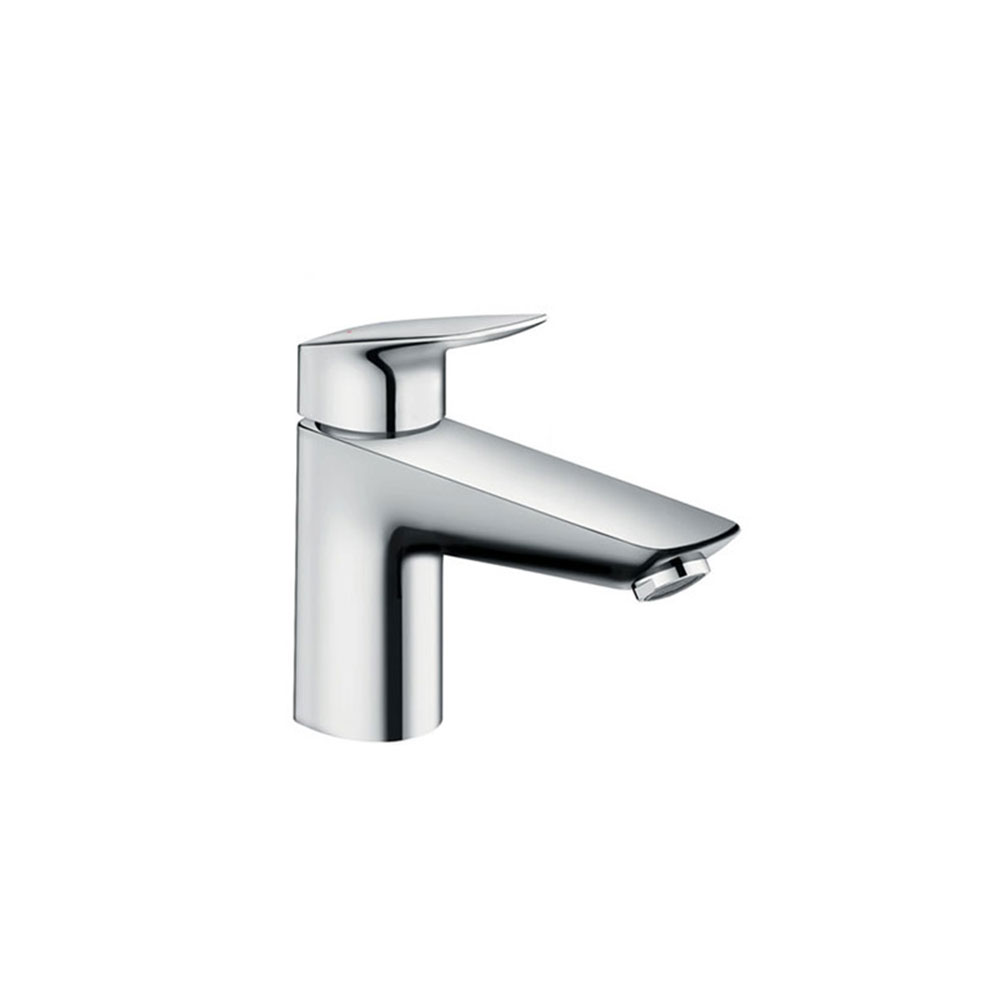How are hansgrohe mixer taps made?
The hansgrohe brand is world renowned for quality, durability and great design. The company is also fully committed to sustainable production, with environmentally-friendly processes at every stage.
hansgrohe mixer taps are built to last, with spare parts availability central to the company’s efforts to ensure longest possible product life, so reducing the number of taps discarded and ending up in landfill.
So, how are hansgrohe mixer taps made?
Step 1: The hansgrohe Brass Foundry
Creating hansgrohe mixer tap takes around 27 components with 30 work steps and 100 manual actions. Throughout the detailed procedure, all waste elements are recycled, from the cast sand to the metal shavings.
In the foundry, a brass bar is used to create a mix blank. It takes a lot of effort to cast products but for hansgrohe the effort is central to its ethos, with valuable knowledge applied by the hansgrohe specialists.
The attention to detail is both visible and audible – a quality cast tap provides a perfect water flow that is extremely quiet.
The whole mix blank casting process is carefully monitored with random checks for quality control.
Step 2: Surface Processing
In this process, the surface of the moulding blank is thoroughly processed, polished and shined through detailed milling and drilling techniques, using 35 tools and robotic operations and manual checks for any permeability issues. For some hansgrohe taps, manual processing is also needed.
Manal smoothing and polishing for the high gloss finish is achieved using a special paste.
Step 3: Surface coating
In this step, the mixer tap is given a robust and durable finish, through a complex process and award-winning chemical electroplating, using unique hansgrohe “recipes”. A complicated and environmentally friendly Physical Vapour Deposition (PVD) coating is also applied. This can produce surfaces in any desired colour.
The detailed procedure ensures that Hansgrohe taps are corrosion resistant with a high-quality shine and smoothness, and are very easy to keep clean.
Step 4: Mixer core
The mixer control unit is constructed in parallel with the mixer body in the hansgrohe cartridge manufacturing department. The cartridge is a little like a car engine in that it must always work while running smoothly at peak performance. This core combines the hot and cold flows while regulating volume, using hard-wearing ceramic discs coated with a thin silicon film.
hansgrohe leave nothing to chance, exhaustively testing their cartridge designs 70,000 times and the cartridges are assembled with clean-room technology that makes sure no dust or lint can degrade the quality.
Step 5: Final assembly
The mixer components – body, cartridge, aerator, handle and supply hoses – are assembled in the final stage by the skilled hansgrohe team, with speed and precision. The streamlined assembly systems, designed in-house by hansgrohe, are responsive to any client requirements, with an intense focus on accuracy and quality.
The last part of the mixer tap production process is the packaging, with manuals and parts, and a final weight check to confirm that each pack has everything needed.


